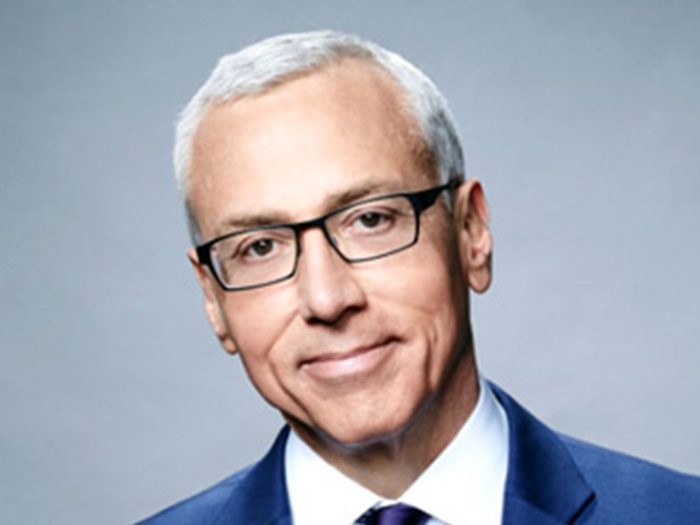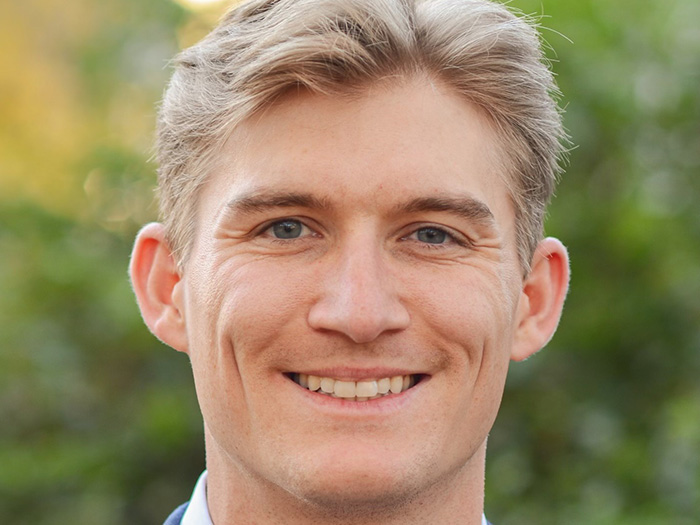Celebrity Rehab’s Dr. Drew Kicks Off NWCDC with Keynote on Addiction

While addiction was once seen as a problem on the periphery for workers’ comp, the opioid epidemic and overuse of other pain medications has brought the topic front and center for employers, payers and practitioners as addiction creates huge obstacles on the path back to a full recovery for injured workers.
Dr. Drew Pinsky, known to TV and radio audiences as Dr. Drew, has decades of experience understanding and treating addiction. He brought that experience to bear as he kicked off the 2019 National Workers’ Compensation and Disability Conference on Nov. 6 with an engaging keynote address.
Pinsky stressed a number of key takeaway points for attendees:
This isn’t our first time at the opiate addiction rodeo. Opiate and cocaine addiction reached crisis level in the late 1800s and early 1900s. Hence began the quest to “solve” the addiction crisis, usually by replacing one addictive substance with another, or via a variety of medical treatments that would now be considered barbaric.
What is addiction? Addiction is a disease, impacting what drives the addicted person. The biological imperative to survive is subsumed by the drive to receive more of the substance in question.
Community resources are being underutilized. 12-step mutual aid societies (Alcoholics Anonymous/Narcotics Anonymous) are a free resource shown to have beneficial effects. However, we can’t just hand addicted workers NA pamphlets and expect them to go. Active referral and involvement has shown to increase take-up and compliance among addicted patients.
Help can be hard to find. There are precious few addiction specialty centers and psychiatrists with addiction specialization.
Understand the injured worker. Cultural and ethnic considerations can have a significant impact on the effectiveness of addiction treatment.
Addiction should be treated like an injury to any other major bodily system. Just like a broken bone, a respiratory disease or a spinal injury, addiction is a brain disorder and should be treated as one.
Believing myths about addiction – addiction can’t be treated, addicts can’t handle demanding jobs – creates barriers to treating addiction. Employers and payers must educate themselves on the facts about addiction characteristics and realities.
Look for opportunities for specific diagnostic treatment. Certain biopsychosocial characteristics, such as childhood trauma, are indicators of a higher risk of addiction. &










